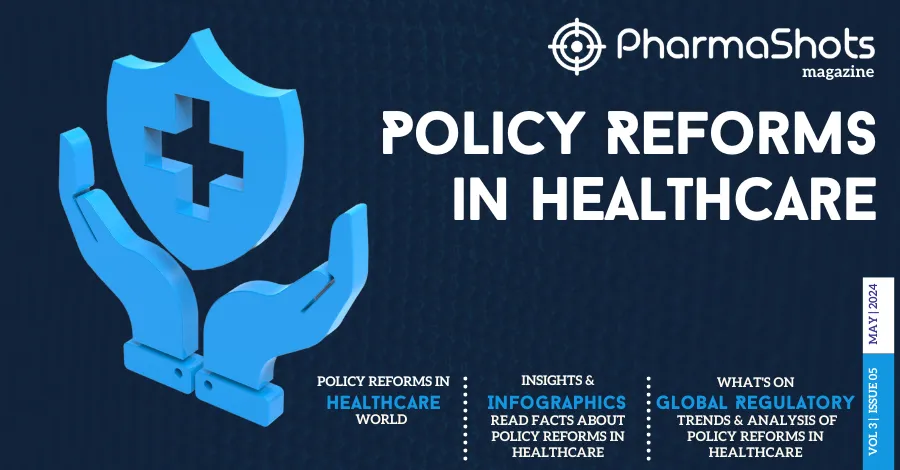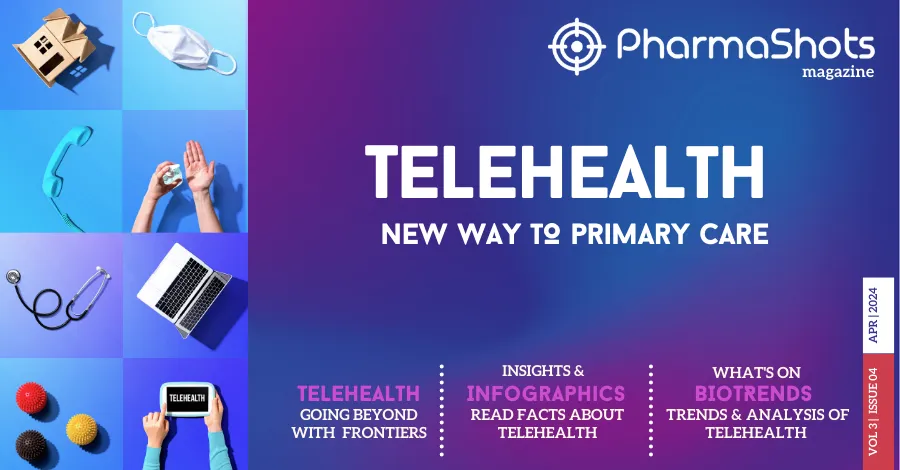
A Peek into the US Healthcare System
Shots:
-
The US contributes significantly to the healthcare budget but still registers unfavorable healthcare outcomes owing to health inequality and healthcare disparities
-
The Land of Opportunities registers 46.2M immigrants and nearly half of the undocumented immigrants lack basic healthcare
-
The article covers the historical journey of US healthcare with takes on a few public healthcare programs adopted by the country
The US remains the only developed and industrialized country that does not have a Universal Healthcare plan. Ever wondered why? Despite the US government’s generous spending on healthcare budgets, around 26.7 percent of US citizens are still not insured and the country reports not-so-positive health outcomes. Though the Affordable Care Act has brought the country close to Universal Health Care, the country still must reform its healthcare by leaps and bounds.
Let’s rewind our clock and get back to the time when this all started, shall we? The two factors that contributed significantly to the present US healthcare system are:
Immigration: In the early 19th century, Draft dodging, hunger, and poverty provoked Europeans to migrate to a haven for better opportunities, food, and shelter. The pursuit of a good life encourages people across the globe to move to the US. There are around 46.2M immigrants (about twice the population of New York) in the USA as reported in 2022, and nearly half of the undocumented immigrants are uninsured, making them devoid of basic healthcare facilities
Socioeconomic Status: Most of the US citizens identify themselves as middle class. The self-identification of the middle class can be traced back to the time when most of the US citizens had free or quasi-free land. Ironically, where most people around the globe were toiling for bread, US citizens had real estate properties. Moreover, people identifying themselves as middle class refrained from forming a successful labor party, which could have been a landmark move in the history of US healthcare
Healthcare System Models in the US
WHO defines an effective health system as efficient, affordable, accessible, equitability, and of high quality. The healthcare system must look after the needs of society irrespective of socioeconomic status, gender, culture, and ethnicity. The US healthcare system follows four models. Let’s have a glance at each model:
-
Beveridge Model: A healthcare model where government provides healthcare to all of its citizens through income tax
-
Bismarck Model: In this healthcare model, citizens pay a nominal fee to a fund, which pays for their healthcare needs. The care can be provided by government or state-owned institutions or a private company
-
National Health Insurance Model: Also known as statutory health insurance, the national health insurance model exudes the essence of both Beveridge and Bismarck models. In this system, the national population is insured using private providers, but payment comes from government insurance programs through a premium or tax
-
Out-of-Pocket Model: In this healthcare model, all the expenses are borne directly by a patient.
Public Healthcare Coverage
The US healthcare system contains public programs that cover vulnerable populations including senior citizens, low-income families, and children. Let’s explore a few public programs that insure US citizens.
·Medicaid: A joint effort of the federal and state government, that covers underserved children and families. Established in 1965 for the downtrodden population, Medicaid saw immense transformation after the Affordable Care Act
·Medicare: A federal insurance program that insures senior citizens (above 65 yrs), differently abled people, end-stage renal disease patients, and people with ALS
·Military Health Benefits: The program insures active-duty personnel, retired servicemen, and dependent’s families
·Indian Health Service: The program is run under the Department of Health and Human Services and insures eligible Native American Tribes
Conclusions & Perspectives
With a significant contribution to healthcare from its GDP, the US could not even come closer to achieving Universal Healthcare. Though with the swaying Affordable Care Act, several healthcare programs have made significant contributions in insuring people in need. For insights on a country’s healthcare analysis, reach out to us at connect@pharmashots.com
Related Post: Your Guide to Conference Coverage in the Healthcare Industry
Tags

Saurabh is a Senior Content Writer at PharmaShots. He is a voracious reader and follows the recent trends and innovations of life science companies diligently. His work at PharmaShots involves writing articles, editing content, and proofreading drafts. He has a knack for writing content that covers the Biotech, MedTech, Pharmaceutical, and Healthcare sectors.













